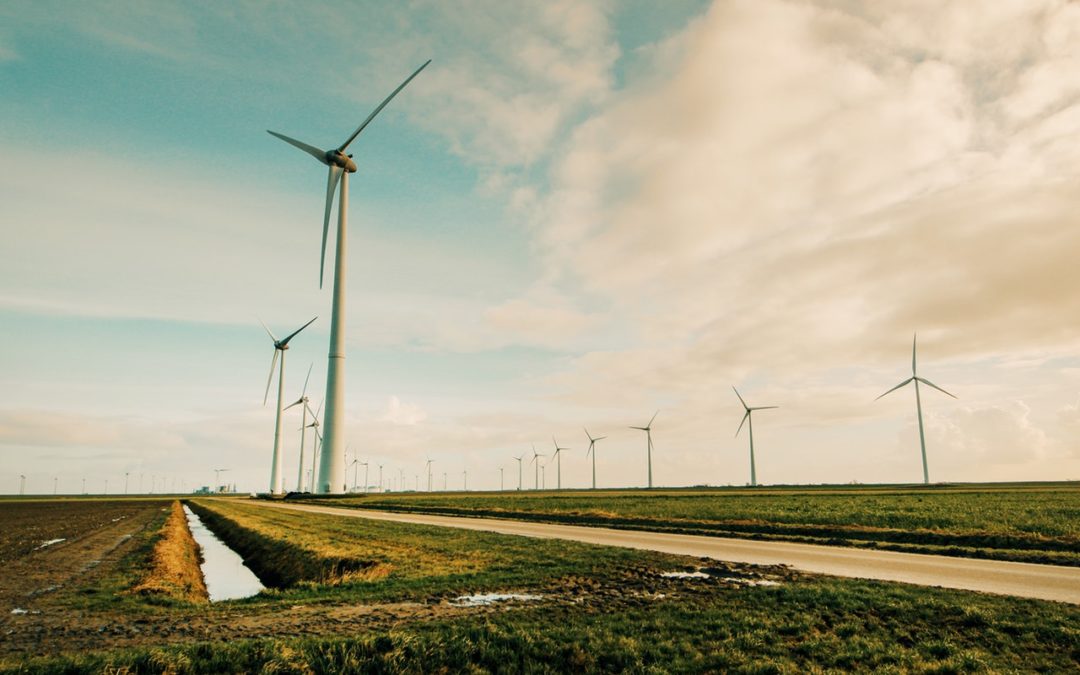Renewable energy is at the forefront of the public consciousness, and its implementation has been noticeably increasing in recent years. But renewable energies aren’t the only way to mitigate carbon release into the atmosphere: carbon capture and storage (CCS) has been proposed as an alternative method for decreasing emissions, particularly for the power and industrial sectors. What benefits does carbon capture bring? How does it hold up compared to green energy sources?
CCS differs from green energy in that it aims to capture excess carbon dioxide emissions, typically from areas such as biomass or fossil fuel power plants. The collected gas is then transported and securely stored, typically somewhere underground where it won’t enter the atmosphere. The bulk of existing carbon capture is focused on the power and industrial sectors, and CCS systems could reduce emissions from conventional industrial facilities and power plants by approximately 90 percent. It is also predicted to contribute 7 percent of total emission reductions by 2040.
One of the standout benefits of CCS is that the collected and stored CO2 can then be reused elsewhere. That carbon dioxide can be utilized in a wide range of fields, such as enhanced oil recovery, beverage carbonation, food processing and packaging, pharmaceutical processes, horticulture, and many more. Carbon capture’s ability to make use of the gas that would otherwise have negative effects sets it apart from clean energy.
However, there are those who claim that renewables are the only way to go. One of the primary arguments against it is the potential for leakage over time. Based on the massive amounts of emissions that would be stored through CCS, even low leakage rates can undermine overall emission reductions. There are also claims that it is ineffective compared to renewable energies, which as a whole have the potential to reduce total carbon emissions by more than 70 percent by 2050.
Green energy, which consists of electricity generated from hydro, wind, solar, and geothermal power, has been the predominant method for reducing carbon emissions. They are efficient and extremely cheap to maintain. But green energy implementation is not perfect, and there may just be some cases where renewable energy’s shortcomings come to light.
Renewable sources typically have higher upfront costs, which can be a major detriment for those looking to implement clean energy for their businesses or residences. In addition, storage options with large capacities are still being developed, and until then clean energy may be out of reach for large-scale endeavors. In addition, geography is an essential part of green energy, as some forms may be more beneficial over others in particular terrains. There may even be some cases where implementing green energy could prove difficult. These areas might just be ripe for carbon capture to pick up the slack.
In the end, neither carbon capture or green energy stands as the single solution to our massive greenhouse gas problem. If anything, we could use all the help we can get. If we are to meet the demands for clean energy and a healthier environment, using both carbon capture and green energy to mitigate emissions will greatly aid in the fight to save our planet.
